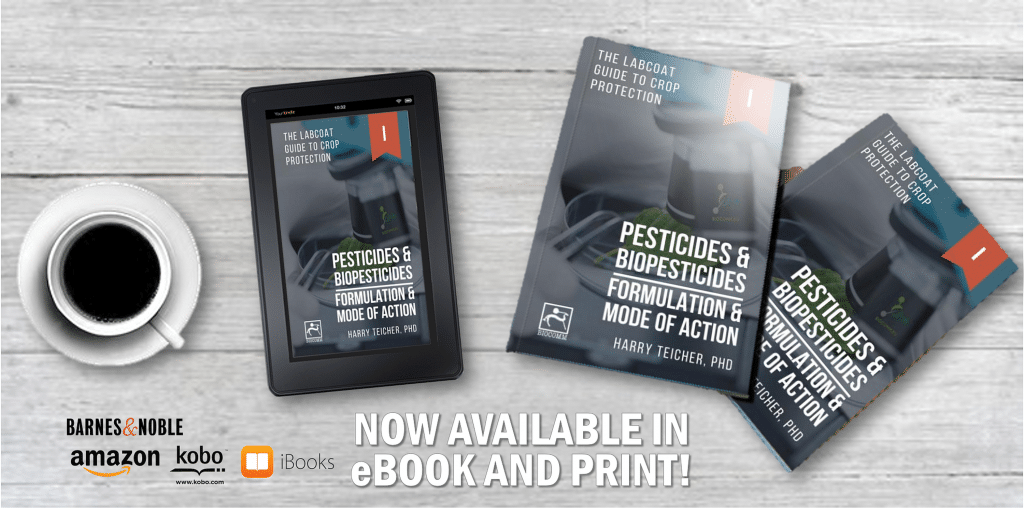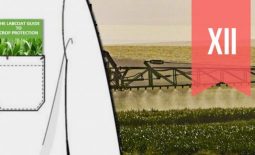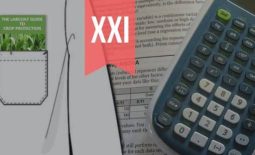“I have a dream” – why the Crop Protection Industry needs Strategic Vision
The crop protection industry faces a dilemma.
In the uncertain and globally competitive world of crop protection, focus is primarily placed on incremental product development, rather than on strategic vision and ideation.
Because of this, the incumbent crop protection industry risks stagnating. Competitive cost measures trump strategic vision.
The State of our Industry
To understand our dilemma, it is necessary to know that while the post-war era of discovery and commercialization was a period of continuous innovation, no major new mode of action has been introduced to the market in the past 30 years.
Since the 1980s, crop protection corporations have sought to grow through global expansion and incremental, “good-enough” product development, relying on revenues from successful chemicals that were decades old.
Even commercial biopesticides were primarily based on natural mechanisms developed over more than 100 million years. Neither product innovation – based on long-term research projects with uncertain outcomes – nor strategic vision were primary concerns. Competitive cost structure was.
The best of times, the worst of times
With the financial crisis of 2008, globalization halted, and crop protection products became commodities. Since then, corporations have been expanding through acquisition, becoming larger and more competitive, but also more cumbersome.
For many corporations, R&D funds are becoming too diluted for them to prioritize true product innovation and strategic vision.
In this climate of competitive cost structure and “growth” by corporate acquisition, the coming-of-age of the biopesticide industry and its inclusion in integrated crop protection strategies is seen by many as a sign of a new period of innovation.
Although start-ups and other smaller, innovative companies have created a powerful and competitive environment for biopesticide R&D, these small companies face considerable challenges as a result of acquisitions, collaborations and licensing agreements with the incumbent chemical industry.
While these bear witness to the ongoing symbiosis in the crop protection market, the need for ideation, innovation and vision across the industry is greater than ever before.
Ideation is the creative process of generating, developing, and communicating new ideas, and comprises all stages of a strategic cycle, from innovation over development to implementation.
In the uncertain and globally competitive world of Crop Protection, organizations not prioritising Strategic Vision and Change will be supplanted by those that do. Like the more agile computer industry, the crop protection industry – conventional as well as biological – will need to shift focus from “product” to “implementation”.
Within the industry, the strategic shift from “product” to “implementation” will rely on Strategic Ideation to identify powerful ideas for growth.
Successfully executing this change will depend on our ability to not only integrate synergistic conventional, biological and technological solutions, but also on our ability to facilitate and integrate intelligent communication with crops.
Innovation interfaces
I believe that the biggest innovations in the crop protection industry will be at the interface between chemical and biological crop protection, precision technology and plant biology.
“I think the biggest innovations of the 21st century will be at the intersection of biology and technology. A new era is beginning.” – STEVE JOBS, Apple Computer (WALTER ISAACSON)
I envision a future where growers will protect their harvest in close cooperation with the crops themselves, monitoring weather and disease patterns and communicating with crops through complex systems developed over millennia: leaf- and root receptors, volatile stress hormones, root-root and root-mycorrhiza interactions and inducible, systemic defence response cascades.
In less than ten years, I foresee precision crop-signalling products strategically placed in fields, able to be automatically released and activated by weather- and pest-monitoring systems. Local, induced plant defence responses will be transmitted throughout the field by inter-plant communications, proactively priming crops to combat invasive pests and pathogens. “Blanket” applications of chemical and biological crop protection products will be eliminated, and aerial monitoring as well as precision application solutions will permit site-specific supplemental treatment, when and as required.
Industry leaders
For industry leaders of Strategic Growth and Change, priority is being given to developing Strategic R&D Management frameworks for leading innovation growth.
These corporations obtain insight into change initiatives as well as cultural and leadership challenges within their own organization, such as transitioning strategic thinking to entrepreneurial thinking by introducing entrepreneurial mindsets and expert intuition in established R&D frameworks.
Significant opportunities outside traditional, vertically-integrated industry roles exist for industry experts able to provide ideation as well as strategic and technical expertise to both start-ups and existing corporations.
Thanks for reading. Let’s get to work.
Do these perspectives sound interesting? Please consider liking, commenting and sharing – your feedback is invaluable, and helps new readers discover my work!
Please feel free to read and share my other articles in this series!
PESTICIDES & BIOPESTICIDES: FORMULATION & MODE OF ACTION – the first book in the LABCOAT GUIDE TO CROP PROTECTION series is now published and available in eBook and Print formats!
Aimed at students, professionals, and others wishing to understand basic biological aspects of Crop Protection, this book is an easily accessible introduction to essential principles of Pesticide and Biopesticide Mode Of Action and Formulation.
A little about myself
I am a Plant Scientist with a background in Molecular Plant Biology and Crop Protection.
20 years ago, I worked at Copenhagen University and the University of Adelaide on plant responses to biotic and abiotic stress in crops.
At that time, biology-based crop protection strategies had not taken off commercially, so I transitioned to conventional (chemical) crop protection R&D at Cheminova, later FMC.
During this period, public opinion as well as increasing regulatory requirements gradually closed the door of opportunity for conventional crop protection strategies, while the biological crop protection technology I had contributed to earlier began to reach commercial viability.
I am available to provide independent Strategic R&D Management as well as Scientific Development and Regulatory support to AgChem & BioScience organizations developing science-based products.
For more information, visit BIOSCIENCE SOLUTIONS – Strategic R&D Management Consultancy
_




